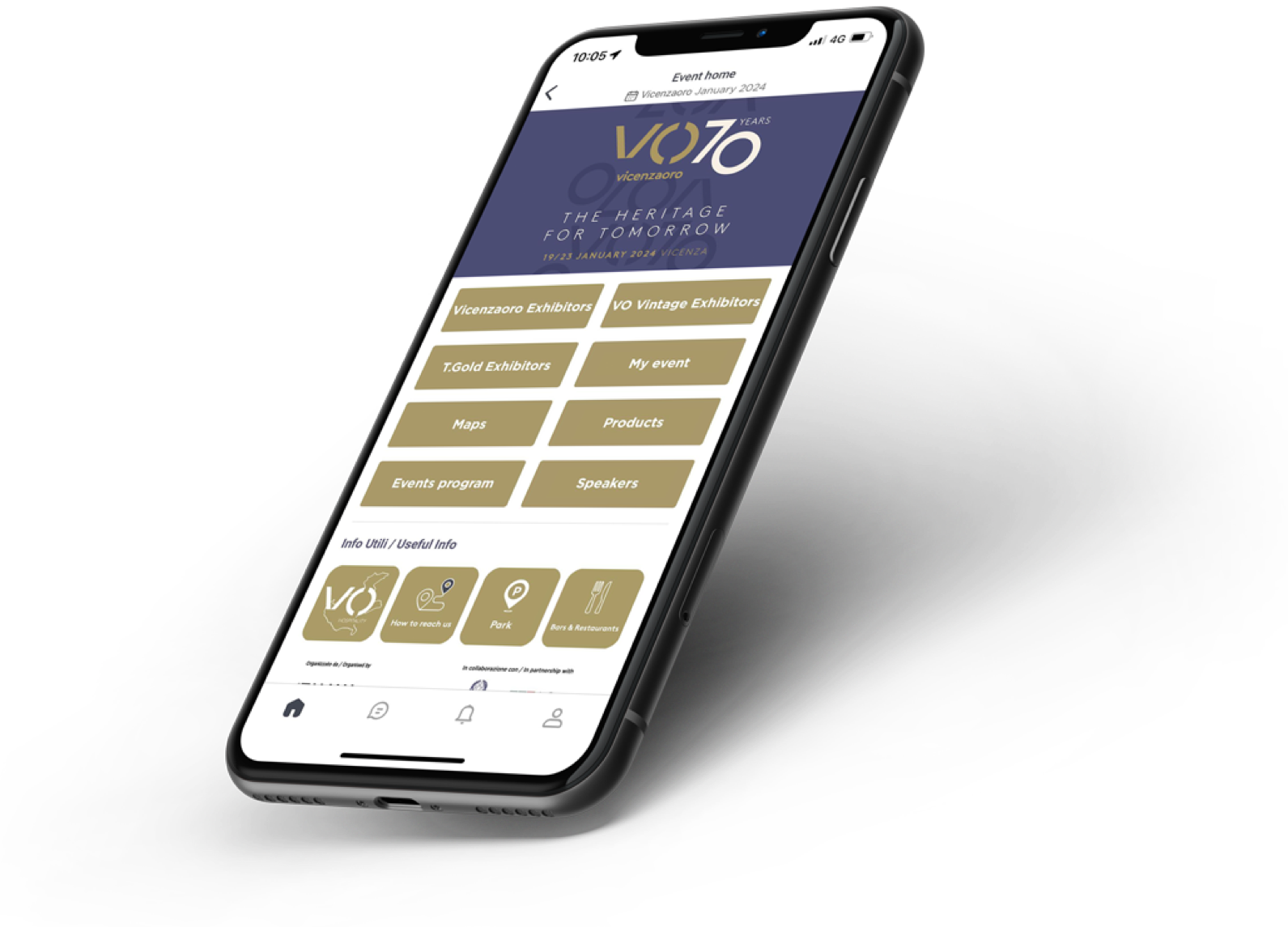Smartwatch: it is a challenge between Apple and the historical fashion houses

Apple recently released data for the third quarter of 2018, which showed a decline in iPhone sales and a slowdown in China with revenues at -4.5% compared to the corresponding quarter of the previous year.
Sales of "Wearables, Home and Accessories", on the other hand, recorded the best growth ever, at + 33% compared to the previous year.This also includes Apple Watch that since 2014 when they were launched have changed the face of the watch industry.
Some mechanical watch brands have developed similar models, in parallel with the growing success of Apple products.
The "analog" brands have in fact changed their disinterest by emulating experimentally: a new version of what happened about 40 years ago with Swatch, born as a "second watch" to be kept on the bedside table next to the family timepiece.
Smart versions of fine jewelry have also been sold, such as the Connected Modular 45 by Tag Heuer studded with baguette-cut diamonds and Gear 2 born from the encounter between Samsung and de grisogono.
Apple also tried to launch some top of the range models, through a collaboration with Hermès and two watches from around 1,300-1,500 euros and withdrawing from the market the gold version of the Apple Watch from 10 thousand dollars.
Furthermore, traditional brands have invested in smartwatches to attract a younger and more technological audience.
With the Series 4, rich in tools for monitoring your health, Apple Watch, on the other hand, is aimed at a more agée audience, those over 45 who are then the majority of customers of 'analogical' watchmaking .
Not just Apple and USA: in Switzerland, in Neuchâtel, the Watch Valley, Richemont joined Swatch, participating in Microcity, a tech park that aims to become the hub of technological innovation for the Swiss-made industry. with particular attention to research on the Internet of things.






